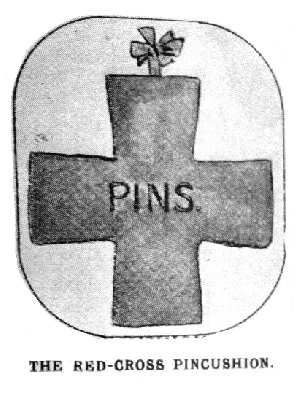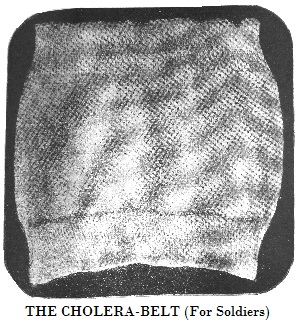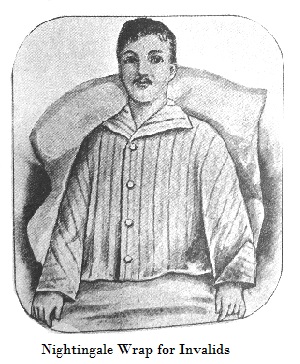1915 Wartime Craft & 'Weigel's Journal of Fashion'
24 Apr 2015 10:41 AM
‘WEIGEL'S JOURNAL OF FASHION’ SUPPORTS THE WAR EFFORT
By 1915, the war effort was in full swing and for women at home, many made items to send to their military men and nursing women. In Weigel’s Journal of Fashion, patterns were published for knitted socks, scarves, a cholera belt, helmet, knee cap, gloves and mittens. Such items were called ‘knitted comforts’, and many newspapers and magazines published patterns.
In January 1916, Weigel's journal published a small note advising that an 84 year old woman in Colac, Victoria, had made 65 sets of pyjamas and numerous arm pads for sick and wounded Australia soldiers. She had seven grandsons at the war Front.
The Cholera Belt pattern was published in Weigel's journal in May 1915. The text read: 'This 'popular belt' is worn by soldiers as a preventive from attacks of cholera and dysentry, and is considered invaluable to men who have to sleep in the open and are exposed to sudden changes of temperature. The belt is easy to make, and is sure of a welcome'.
For nurses, a gift suggestion in December 1915 was an apron made of jaconet, a light weight cotton fabric. This would be worn underneath the skirt to help prevent rheumatism from dampness - no wet could penetrate the jaconet, enhanced by a layer of Japanese silk.
 Much effort went into fundraising through the Red Cross, with Weigel’s journal publishing patterns for Red Cross pincushions, flag design pincushions and cushions, and a Union Jack photo frame. For hospital use came patterns for glass covers to keep a drink free from dust and flies, and a ‘warm footstool’ for returning soldiers, and this ‘Nightingale Wrap for Invalids’ in January 1915. The text read:
Much effort went into fundraising through the Red Cross, with Weigel’s journal publishing patterns for Red Cross pincushions, flag design pincushions and cushions, and a Union Jack photo frame. For hospital use came patterns for glass covers to keep a drink free from dust and flies, and a ‘warm footstool’ for returning soldiers, and this ‘Nightingale Wrap for Invalids’ in January 1915. The text read:
It would be hard to improve upon the practical, comfortable wrap designed by the sick soldier’s friend, Florence Nightingale. Appropriate for invalids, it is particularly in demand now by the men for whom it was originally intended, the injured soldiers.
As usual, only simple instructions were given – women were expected to know how to do many things – and a cutting diagram provided.

Madame Veronica: Madame Weigel devotee, writer, collector
© Dr Veronica R. Lampkin: Madame Weigel’s Patterns. 24 April 2015.
